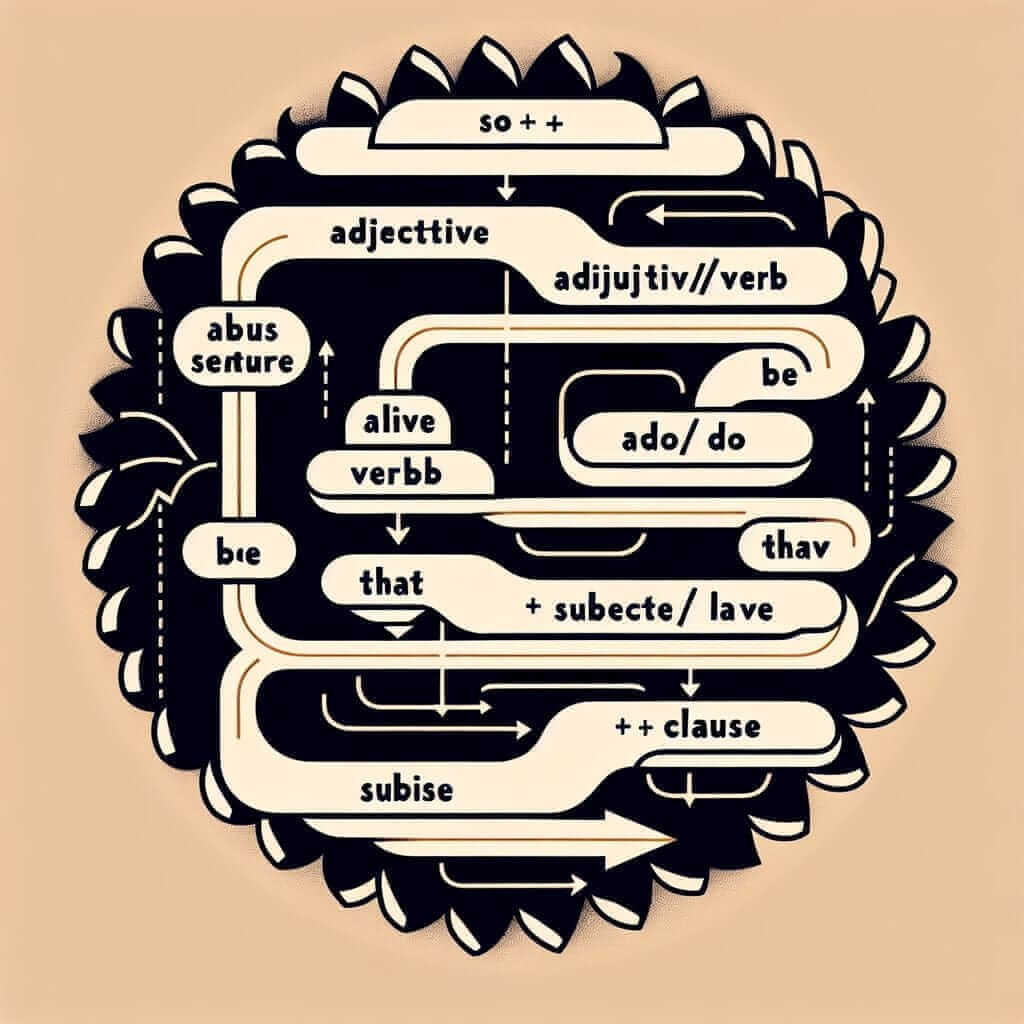“So compelling was his argument that we agreed” – this structure might sound a little unusual, right? It’s not your everyday sentence structure, and that’s precisely why it can help your IELTS writing stand out! Let’s break down this grammatical powerhouse and explore how it can elevate your exam performance.
Here are a few examples of how you can use this structure in different sections of the IELTS exam:
Speaking (Part 3):
-
“The evidence presented about climate change was so compelling that it forced me to reconsider my own lifestyle choices.”
Here, the structure emphasizes the strong impact of the evidence.
-
“The author’s portrayal of the character’s internal struggle was so compelling that I couldn’t put the book down.”
In this example, the structure highlights the captivating nature of the author’s writing.
Writing (Task 2):
-
“The benefits of renewable energy are numerous. So compelling is the evidence for its positive impact on the environment that it is difficult to ignore its importance.“
This example demonstrates the use of the structure to present a strong argument in an essay.
Deconstructing the Grammar: Inversion for Emphasis
The sentence “So compelling was his argument that we agreed” employs a technique called inversion. Inversion occurs when we reverse the usual subject-verb order in a sentence for dramatic effect or emphasis.
Standard Structure: His argument was so compelling that we agreed.
Inverted Structure: So compelling was his argument that we agreed.
Here’s why inversion works:
- Emphasis: By flipping the word order, we shine a spotlight on the adjective “compelling” and, consequently, the strength of the argument itself.
- Formal Tone: Inversion is more common in formal writing and speaking, making your language sound more sophisticated and academic – perfect for IELTS.

Formula and Application in IELTS
The general formula for this structure is:
So + adjective/adverb + auxiliary verb (be/do/have) + subject + that + clause
Let’s see how to apply this:
Writing (Task 2 – Opinion Essay):
Topic: Some people believe that the government should invest heavily in public transportation. Others feel that it is a waste of resources. Discuss both views and give your opinion.
Example:
“While some argue that government funds are better allocated elsewhere, the potential benefits of a robust public transportation system are undeniable. So significant is its impact on reducing traffic congestion and air pollution that it deserves serious consideration.“
Analysis:
- The inverted structure effectively emphasizes the “significant impact” of public transportation, strengthening your argument.
- The use of sophisticated vocabulary like “robust” and “undeniable” further enhances the overall quality of the sentence.
Mastering Inversion for a Higher Band Score
To truly impress the IELTS examiner, consider these tips:
- Variety is Key: While inversion is impressive, don’t overuse it. Sprinkle it sparingly throughout your writing for maximum impact.
- Context is King: Only use inversion when it feels natural and enhances the meaning of your sentence. Don’t force it!
- Accuracy Matters: Pay close attention to word order and verb agreement when using inversion to avoid grammatical errors.
Common Mistakes to Avoid
Here’s where test-takers often go wrong with inversion:
Incorrect: So convinced he was that he refused to listen.
Correct: So convinced was he that he refused to listen.
Analysis: The auxiliary verb “was” needs to be placed before the subject “he.”
Conclusion
“So compelling was his argument that we agreed” is more than just a grammatically interesting phrase; it’s a powerful tool for IELTS success. By understanding inversion, you can add sophistication, emphasis, and variety to your writing and speaking, boosting your chances of achieving a higher band score. Remember to practice this structure in various contexts and avoid common errors to truly master its power.